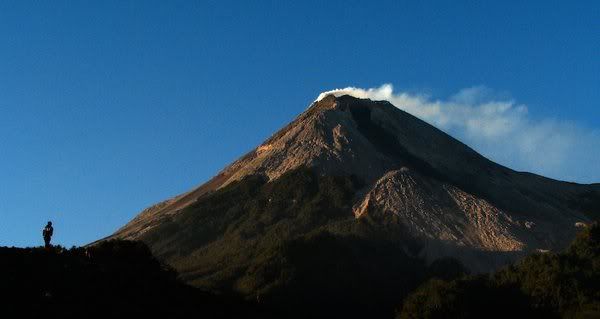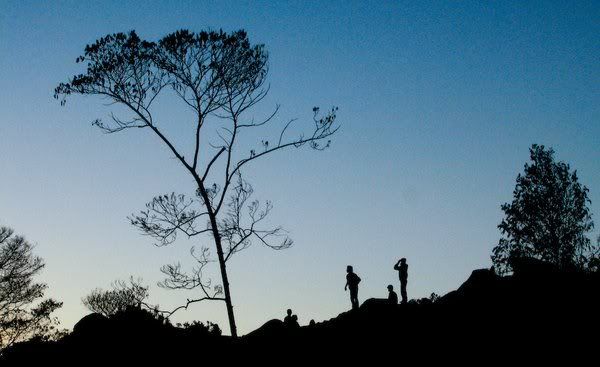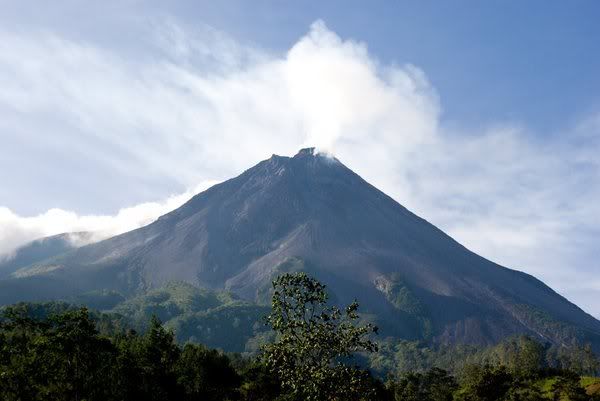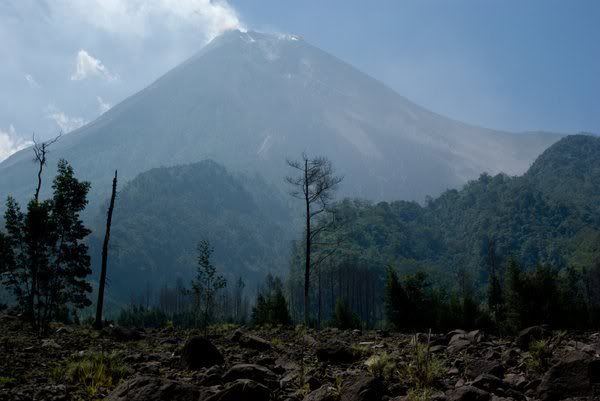Turi Agro Tourism
It is not a botanist, nor even that sparked agricultural experts made salak plantation area named Turi Agro Tourism pondoh in Sleman district, Yogyakarta Special Region. Rather, a dentistry professor named Sudibyo. The professor has the experience in terms of plant development salak pondoh since in junior high school (around 1958). From this experience, he tried to deal with various problems in the garden barking pondoh parents, so he figured out how to move the plant without having to make salak pondoh die.
In later developments, Sudibyo began to invite local people to cultivate plants pondoh salak. Although initially some doubt from the public because they have to rule out other plants, they finally followed the advice Sudibyo. Gradually, this activity characterize communities Turi and, finally, Sudibyo sparked the idea to establish a region Pondoh Turi Agro in 1988. Turi Agro was officially opened since 1994.
In addition to the condition of ecosystems that are well preserved, Turi Agro this region to be special because pondohnya barked. Tourists can watch pondoh salak plant is unique because its shape resembles a palm tree at the top. It’s lovely when you see thousands of salak plants are arranged in such a way pondoh in Turi Agro region.
In the area of agro-tourism which is situated at an altitude of 200 meters above sea level, tourists can surround pondoh salak garden with a very broad guide. After surrounding the garden, visitors can enjoy a salak pondoh learned at around the garden in a place that has provided the manager agrotourism. Meat on the fruit that grows at the base of this plant is very sweet and not attached to the seeds of such fruits in general.
In addition, while enjoying the cool air in this area, tourists can continue the journey in one of the mainstay garden named Gardens Turi Agro Nusantara. In the garden area of two hectares, the tourists will be invited to witness the 17 species of salak plants. 17 types of bark include pondoh super salak, salak pondoh yellow, black pondoh salak, salak Condet, manggala salak, salak ivory, salak Bali, semeru barked, and barked tanonjaya.
The guide will also bring tourists to the place of some medicinal plants are also grown in this agro-tourism area. Medicinal plants which can be found is ginger, ginger, Blimbing wuluh, kencur, and so forth.
Agro is situated in the hamlet Gadung, Kerto Garden Village, District Turi, Sleman regency, Yogyakarta, about 25 km from the city center.
This agro-tourism area, if taken by private car from the city center, Malioboro and the surrounding area, the trip takes about 40 minutes. In addition to using private vehicles, tourists who are interested in agrotourism can use the bus Trans Jogja, route (path) 2A from the center of town with a tariff of Rp 3,000 (2008). Then, the tourists get off at the stop Trans Jogja in Terminal Jombor. In this terminal, travelers turn to a small bus that reads ‘Jogja-Turi’. This bus will take you to the location Turi Agro Tourism.
If the tourist departed from the capital district of Sleman, agro-tourism object is only taken about 20 minutes by private vehicle. However, tourists also can get to the location of the bus ‘Jogja-Turi’ which pass through the main street of Jogja-Magelang.
Travelers who want to explore the garden barking (agrotourism core zone) area of 27 hectares is subject to cost USD 2,000. However, if guests prefer package tours picking fruits directly in the garden offered by the management fee will be charged a special agro, which is about Rp 8,000 (2008).
In addition to showing the world chic fruits, Turi Agro area also provides other facilities, ie swimming pool, fishing pond, paddle boat on the pond, and playground for children. No need to worry about the extent of this region, tourists will be accompanied by tour guides who really know the ins and outs of pondoh salak plants in this area.
Therefore, around this area there has been no representative lodging, tourists can stay at one hotel or inn located in the Students’ Army Theater Road (the road that passed through to get to the location).











 Read more: http://epg-studio.blogspot.com/2009/06/widget-pengatur-halaman-untuk-kembali.html#ixzz1UA3ocoWT
Read more: http://epg-studio.blogspot.com/2009/06/widget-pengatur-halaman-untuk-kembali.html#ixzz1UA3ocoWT